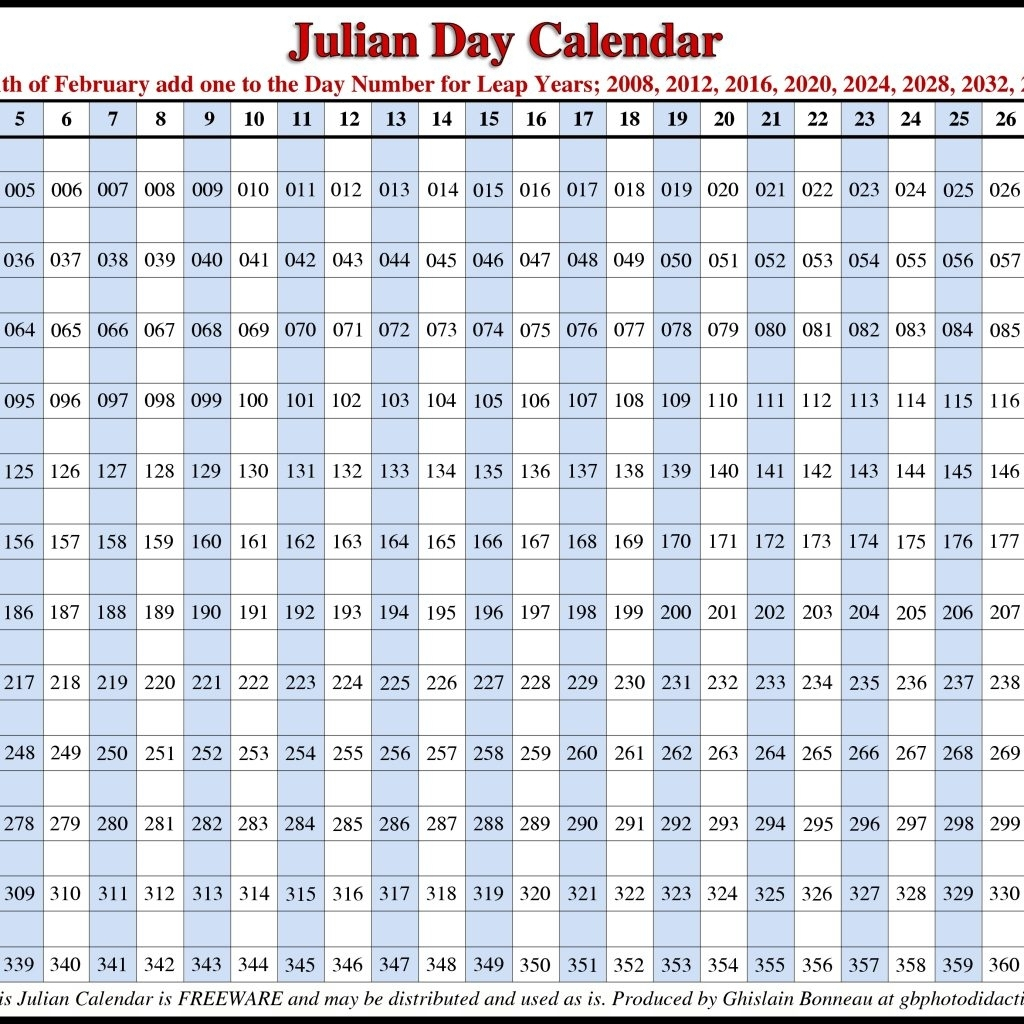The Julian calendar, introduced by Julius Caesar in 46 BC, was the predominant calendar in Europe for more than 1,600 years. It was eventually replaced by the Gregorian calendar in 1582, which is the calendar most of the world uses today. However, some Eastern Orthodox churches still use the Julian calendar for religious purposes, including the celebration of Christmas.
For those who follow the Julian calendar, Christmas falls on January 7th each year. This date is 13 days behind the Gregorian calendar due to differences in the way leap years are calculated. Despite the date discrepancy, the traditions and celebrations surrounding Christmas on the Julian calendar are similar to those on the Gregorian calendar. People attend church services, exchange gifts, and gather with family and friends to celebrate the birth of Jesus Christ.
Christmas On The Julian Calendar
Christmas Traditions on the Julian Calendar
One unique tradition associated with Christmas on the Julian calendar is the practice of fasting leading up to the holiday. This period of fasting, known as the Nativity Fast, lasts for 40 days and ends on Christmas Eve. On Christmas Day, a festive meal is prepared featuring traditional dishes such as kutia, a sweet wheat pudding with honey and poppy seeds.
Overall, Christmas on the Julian calendar is a time of joy, reflection, and spiritual renewal for those who observe it. While the date may differ from the widely recognized December 25th celebration, the meaning and importance of Christmas remain the same.
